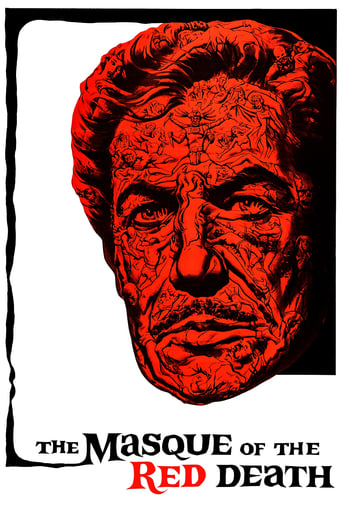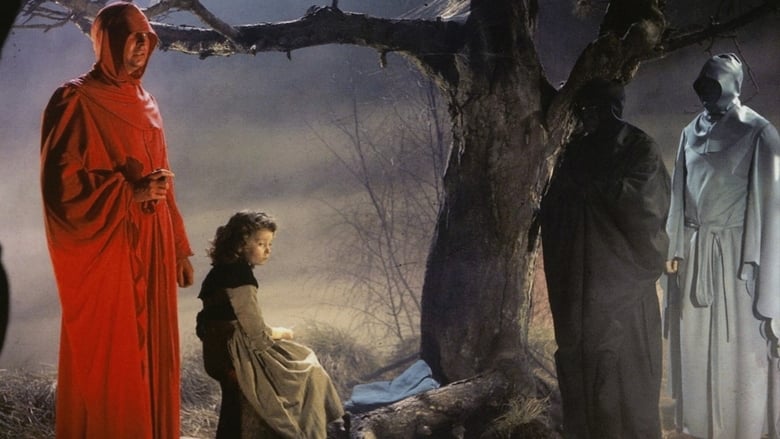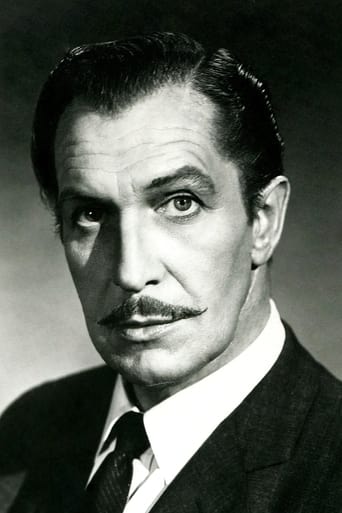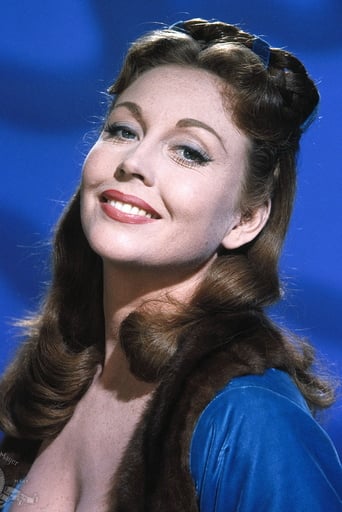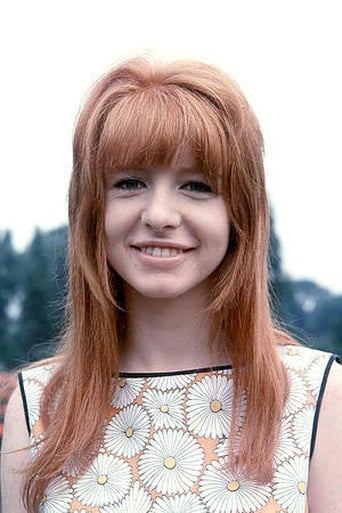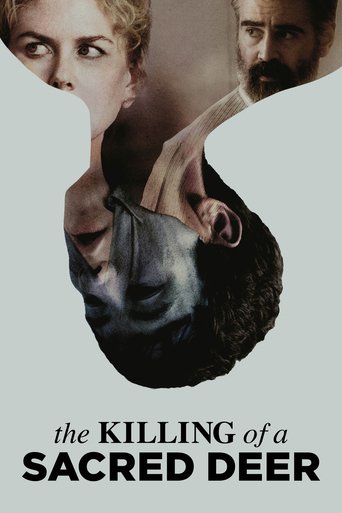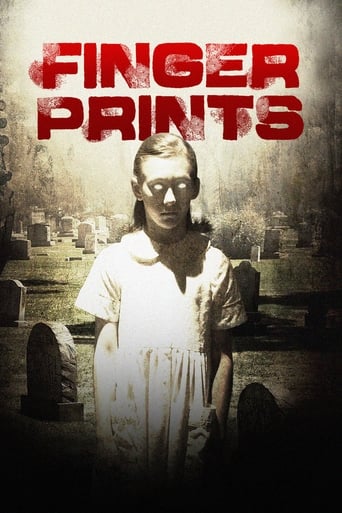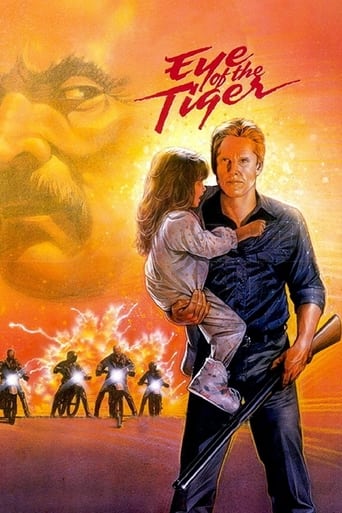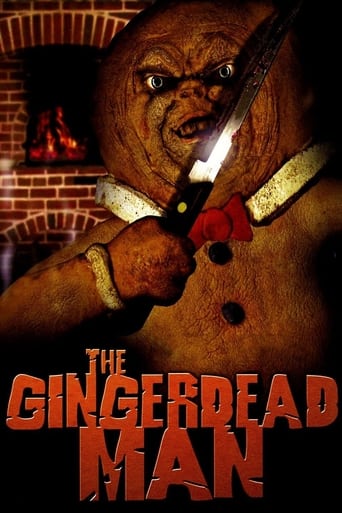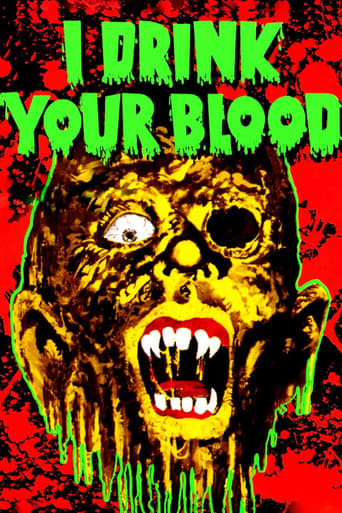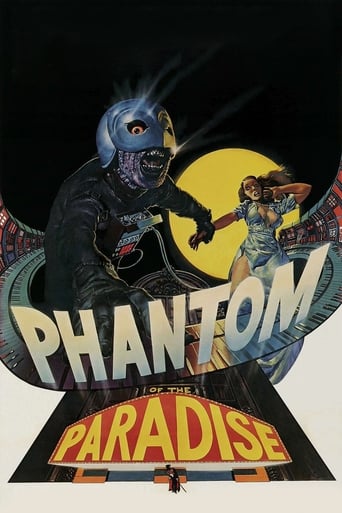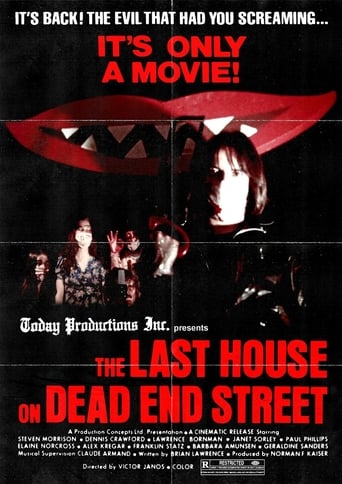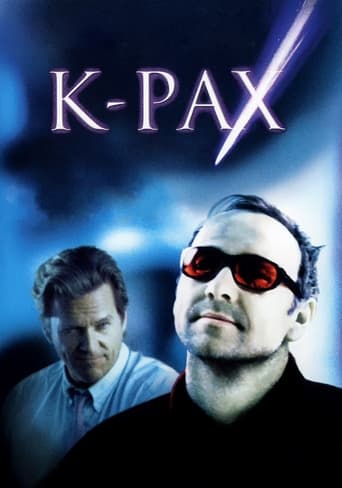The Masque of the Red Death (1964)
A European prince terrorizes the local peasantry while using his castle as a refuge against the "Red Death" plague that stalks the land.
Watch Trailer
Cast


Similar titles
Reviews
I love this movie so much
Yawn. Poorly Filmed Snooze Fest.
Very best movie i ever watch
This is a small, humorous movie in some ways, but it has a huge heart. What a nice experience.
One more in the line of Po adaptations. You would not believe if I told you who directed it. And if you could just see my surprise when I realized who is in leading role... :D I am starting to think that Corman and Price were gay couple and Po was supreme deity of their religion. :D Like in its predecessors, the film relies primarily on brilliant Vincent Price and Cormans directing, while everything else is average, but it does not matter as all possible faults of the movie will pass unnoticed, because Price will steal all of your attention and everything else is just background for his monologues.6,5/10
I think this is a terrific classic that holds up brilliantly, and it's probably my favourite out of all the Hammer or Hammer-like movies that I've seen that have this particular theatrical look and acting style. It's still very compelling, the story is to me absorbing and the revelations impressive as they unfold. I find that more than any other themes that it's about, the picture seems to focus the most on that of the power of death, be it literal, metaphorical, or spiritual. Death is a concept that's hard to come to terms with, and in popular fiction throughout the ages we often see characters trying to weasel their way out of a date with the anthropomorphic personification of death by pleading with it, trying to strike a bargain, or failing that straight-up sealing themselves away and trying to avoid it all together, like the evil-spirited tyrant who features in this tale. It sees one such group of people holding up to escape death. And in this case it's a little different, because this isn't the typical skeletal reaper of souls in a billowing black cloak, but a very specific 'plague.' In fact it turns out there are many faces of it, a whole darn rainbow brigade of death! The effect of that closing scene could perhaps come have off as silly due to the bright colours contrasting with the solemnity of the moment if it wasn't all handled with such competence and awesome pathos. It's certainly a bit of an odd scene but I love it, it's very interesting and philosophical. I like the idea of Death not being good or evil neither god nor the devil, but a calm and ambiguous force of judgement. The movie stars the deliciously hammy and dashing Vincent Price as the wicked devil-worshipping Prince Prospero, and eventually as the Red Death himself. I find Price very impressive here, he's quietly commanding and cruelly villainous, but somehow also not an entirely unsympathetic character. A debauched clan of cavorting 'nobles' hide in a grand castle under the sway of Prospero while a horrific plague ravages the peasantry below. And when the Red Death does eventually show up in his fool's paradise, the prince is overjoyed because he believes it is his master Satan finally come to reward him for his life of ruthlessness as well as all the souls that he's corrupted in the devil's name, but he is sorely mistaken as Death informs him that he has already lost his soul piecemeal long ago through his evil deeds and beliefs, and that his day of reckoning has finally come. I also liked the actor who played "Hoptoad"(should really have been Hopfrog!), he had a great charismatic kind of voice, and the subplot of his character's revenge against the lecherous Patrick Magee was very well integrated into the rest of the movie. When I first watched it I was delighted to recognise that there were actually two Poe stories in one feature! The set designs and visuals are enchanting to look at, the colours really jump out at you. The ending where Red Death passes and spreads through the masqued ball is disorienting and magnificently staged. The overall effect of that climactic sequence is bizarre, but also beautiful and mesmeric to me... Thank you dearly, sorry if you don't care for my thoughts, but I've learned that for better or worse we each of us must all dance to the music of his own tune. One last thing, this movie also has got the coolest end credits that I have ever seen ever! Still a terrific watch and a wonderful movie.
Haven't read the story in years so I apologize in advance for any fumbles.I take the "masque" of the red death to be a pun. Of course, it means an ordinary mask, but a "masque" was also a kind of staged costume dance that was popular around 1600.I don't know why Poe doesn't transpose better to the movie screen, but I guess it's that his plots are simplicity themselves. (A guy goes nuts, kills an old man and buries him under the floorboards.) But Poe is still a superb story teller because of his prose."True! --nervous --very, very dreadfully nervous I had been and am; but why WILL you say that I am mad?" Or, "And then there stole into my fancy, like a rich musical note, the thought of what sweet rest there must be in the grave." Now, how can anyone possibly translate anything like that to the screen? Well, they can't, unless a narrator is used. The impact of the tales lie not so much in the evolution of the plot but in the evocation of atmosphere -- usually pretty melancholy.That's the problem with this movie. We're left with names to conjure with -- Veronese, Prospero, Scarlatti -- but no narrator here to convey that morbid text. It all has to be shown, a heavy burden on the writers -- who included Charles Beaumont. A disease known as The Red Death is sweeping Italy. A rich man invites his friends to his castle to wait out the disease. They dance, get drunk, neck, and have a good time until a stranger appears who, unmasked, turns out to be the red death. All fall down.That's not a very lengthy story but you have fill up more than an hour with something, so you have gaudy costumes, murders, kidnapping of beautiful virgins, and so on. I don't remember most of it from the original story.The wardrobe is passable, and the young heroine, Jane Asher, is impishly cute. The performances by all are particularly good. These are seasoned pros. Roger Corman's direction is simple and effective. The lighting is mostly flat and only a gesture is made to Poe's elaborate descriptions of several different-colored ornate rooms, and no use is made of outdoor locations.It's certainly a famous tale. (Never mind Ingmar Bergman; what would Val Lewton have made of it?) On my refrigerator door is a cover from the New Yorker dated October 2008. The scene is the floor of the New York Stock Exchange. A grinning skeleton in a red hooded cape is holding up a poster showing stock prices zig-zagging downward in an oversize crimson arrow. The floor is crowded with guests, howling with pain, blood pouring from their eyes.
Call me a philistine if you like, but I've always found Roger Corman's lavish adaptation of Edgar Allan Poe's The Masque of the Red Death a little too pretentious for my taste, much preferring the director's more trashy B-movie output. Here, Corman is under the illusion that he is Ingmar Bergman, presenting his tale in an art-house fashion that might look visually impressive (the photography by Nicolas Roeg is definitely eye-catching) but which actually proves surprisingly dull overall, despite the debauchery and decadence on display.Nobody plays loathsome quite like Vincent Price, and here he at his most despicable, as Prince Prospero, a Satan worshipping aristocrat who delights in corrupting the innocent. In the confines of his castle, he and his fellow deviants enjoy extravagant parties while outside the locals are dropping like flies of the red death, a plague that has been ravaging the countryside. Unfortunately, Price seems to get caught up in the whole ostentatiousness of the production, and delivers one of the hammiest performances of his career, which might be seen as parody if only the actor didn't seem quite so earnest.The ending of the film is particularly painful to watch, as Corman's pomposity goes into overdrive with an extended scene of death and suffering portrayed through the medium of expressive dance, followed by a blatant rip-off from Bergman's The Seventh Seal. Give me Attack of the Crab Monsters any day of the week.

